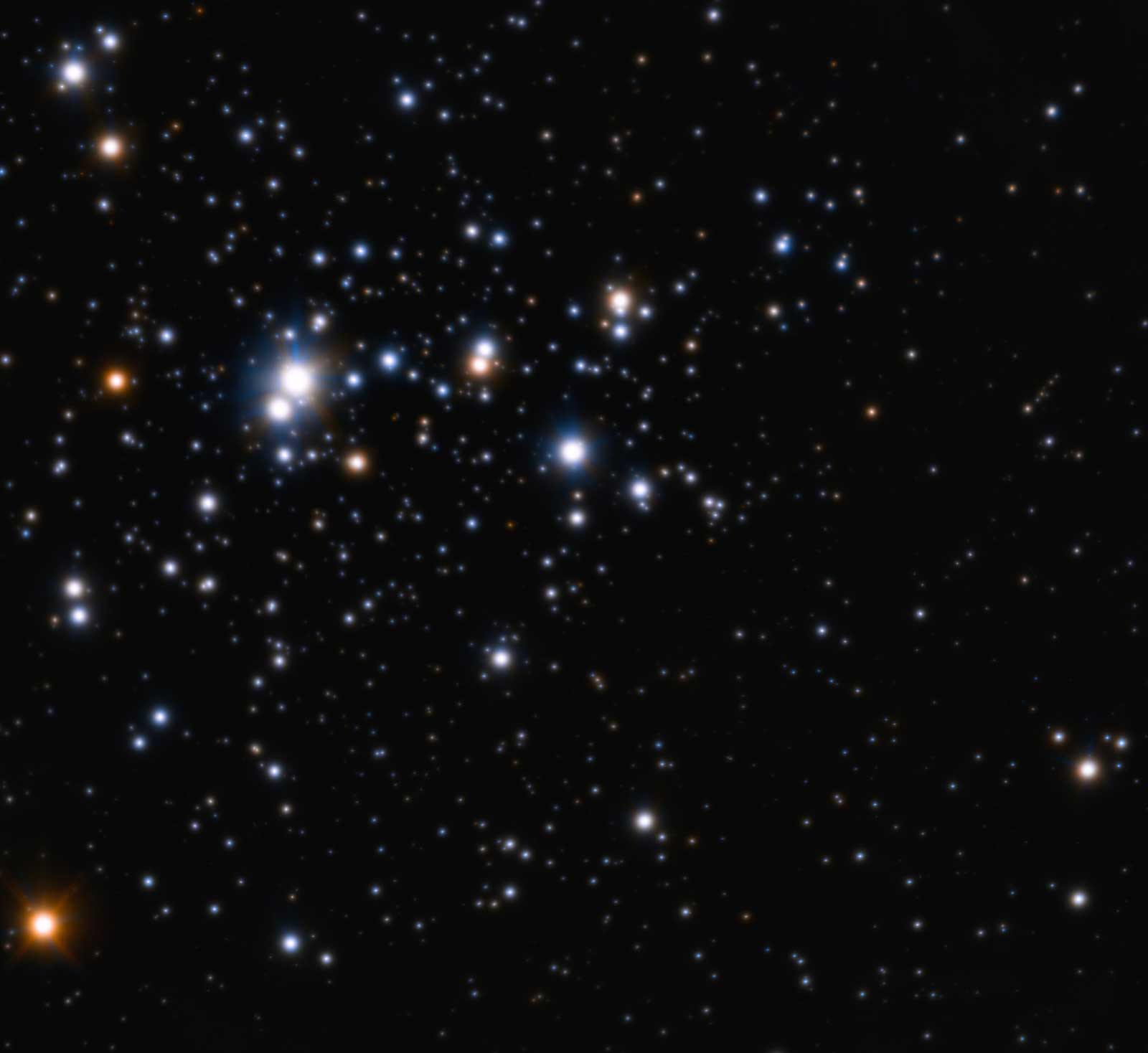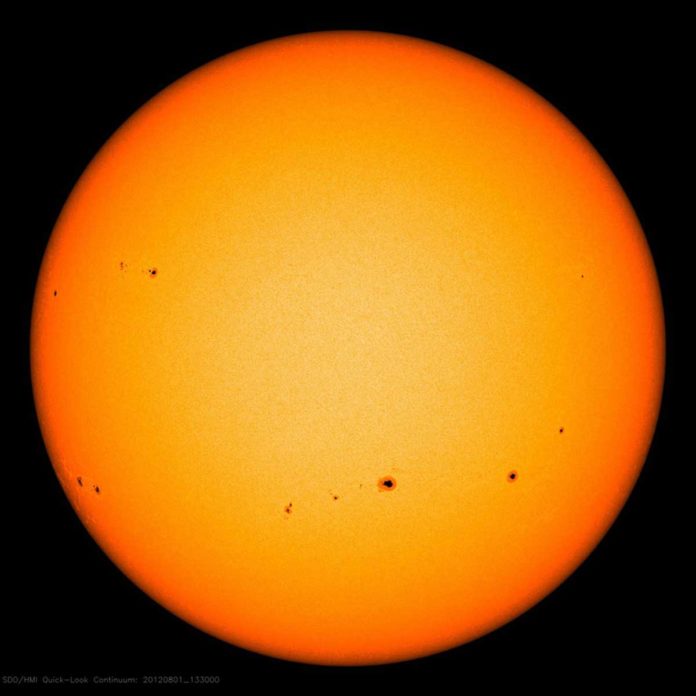An international team1, led by Instituto de Astrofísica e Ciências do Espaço (IA2) have recently detected solar siblings. Located roughly 184 light-years away, it’s called HD 186302, and it’s almost certainly at least a long-lost sibling of our home star.
Solar siblings are a huge number of stars which shaped in an indistinguishable huge group from the Sun, about 4.6 billion years ago. As time passed by, the stars in the bunch disbanded and scattered all through our galaxy, making it extremely hard to discover them.

Vardan Adibekyan (IA & University of Porto) explains the importance of finding these stars: “Since there isn’t much information about the Sun’s past, studying these stars can help us understand where in the Galaxy and under which conditions the Sun was formed.”
“With the collaboration of Patrick de Laverny and Alejandra Recio-Blanco, from the Côte d’Azur Observatory, we got a sample of 230 000 spectra from the AMBRE project. AMBRE is a galactic archaeology project set up by ESO and the Observatoire de la Côte d’Azur, in order to determine the stellar atmospheric parameters for the archived spectra from ESO’s FEROS, HARPS4, UVES and GIRAFFE spectrographs.”
Solar siblings may likewise be a great contender to look for life since there is a possibility that life could have been transported between planets around stars of the sun-powered group. The exchange of life between exoplanetary frameworks is called interstellar lithopanspermia.
Adibekyan is cautiously excited about this possibility: “Some theoretical calculations show that there is a non-negligible probability that life spread from Earth to other planets or exoplanetary systems, during the period of the late heavy bombardment. If we are lucky, and our sibling candidate has a planet, and the planet is a rocky type, in the habitable zone, and finally if this planet was ‘contaminated’ by the life seeds from Earth, then we have what one could dream – an Earth 2.0, orbiting a Sun 2.0.”
The team at IA plans to start a campaign to search for planets around this star using both HARPS and ESPRESSO spectrographs. Finding and characterizing planetary systems around solar siblings could return very important information about the outcome of planet formation in a common environment.
The article was published in the journal Astronomy & Astrophysics.
